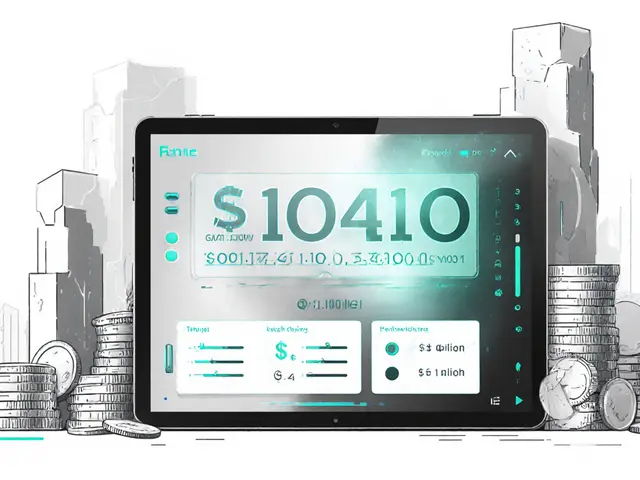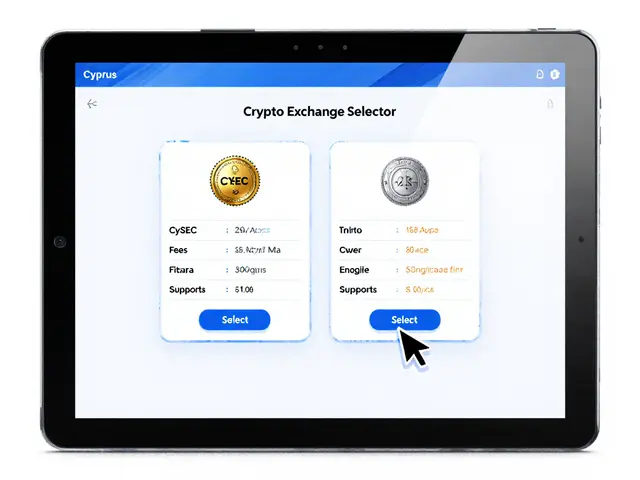AML Compliance in Crypto: Essential Guide and Latest Insights
When working with AML compliance, the set of policies and procedures that help financial services stop money laundering and terrorist financing. Also known as Anti-Money Laundering, it forms the backbone of trustworthy crypto activity.
Every crypto exchange, a platform where users trade digital assets must embed AML compliance into its core. That means running robust KYC, Know‑Your‑Customer checks that verify user identity and ongoing transaction monitoring, systems that flag suspicious flows in real time. The relationship is clear: AML compliance requires KYC, and KYC feeds transaction monitoring. Together they satisfy regulators, protect users, and keep bad actors out of the ecosystem. If an exchange skips these steps, you’ll see the red flags highlighted in our OnBlock, Lucent, and PoloniDEX reviews – missing credentials, weak security, and unclear licensing all point to AML gaps.
Regulators around the world shape how AML compliance is enforced. In the UAE, new licensing rules force crypto firms to embed full KYC and transaction‑screening before they can operate. Norway’s temporary mining ban shows how energy policy can intersect with AML concerns, as authorities demand transparent source‑of‑funds reporting for large mining operations. These examples illustrate a semantic triple: Regulation influences AML compliance by setting licensing requirements. For token projects, especially airdrops like Flux Protocol or SupremeX, compliance means screening participants, documenting wallet addresses, and reporting suspicious activity to avoid being labeled a money‑laundering conduit.
Key Components of Effective AML Compliance
First, build a clear risk‑assessment framework that rates customers, assets, and jurisdictions. Second, integrate automated KYC tools that pull data from government databases and watchlists. Third, deploy real‑time transaction monitoring that uses pattern‑recognition algorithms to catch structuring, rapid swaps, or cross‑chain moves that look shady. Fourth, ensure regular audits and staff training so the compliance team stays ahead of evolving threats. When you apply this checklist to the exchanges we’ve dissected – SushiSwap on Arbitrum, BitFriends, or Korbit – you’ll see why some platforms earn a “legit” badge while others fall short.
By the time you finish this intro, you’ll have a solid picture of why AML compliance matters across the crypto landscape. The articles below dive deeper into exchange security, tokenomics, and regulatory shifts, giving you actionable details to evaluate any project for AML robustness.
VARA Crypto Licensing Requirements in Dubai: A Complete 2025 Guide for VASPs
Learn the latest VARA crypto licensing rules for Dubai in 2025. Understand capital requirements, AML rules, and how to get approved for virtual asset services.
View More




